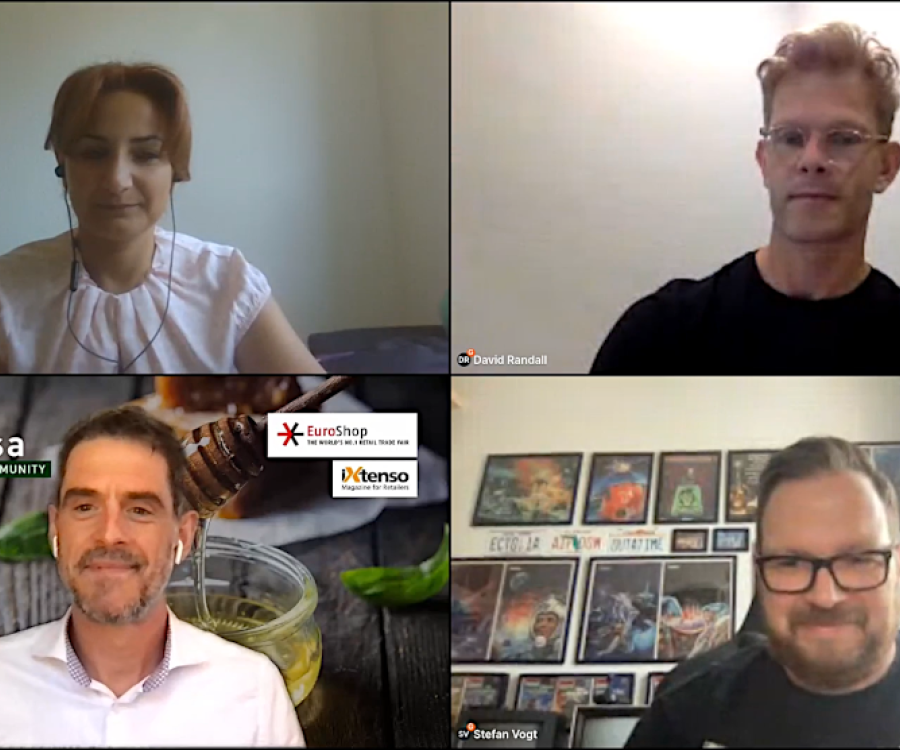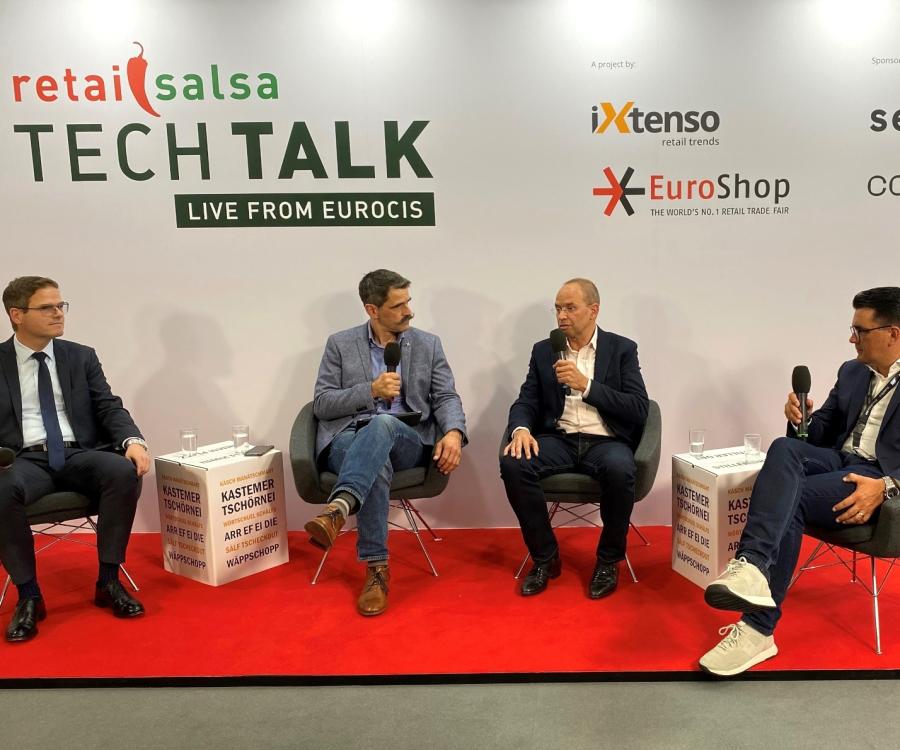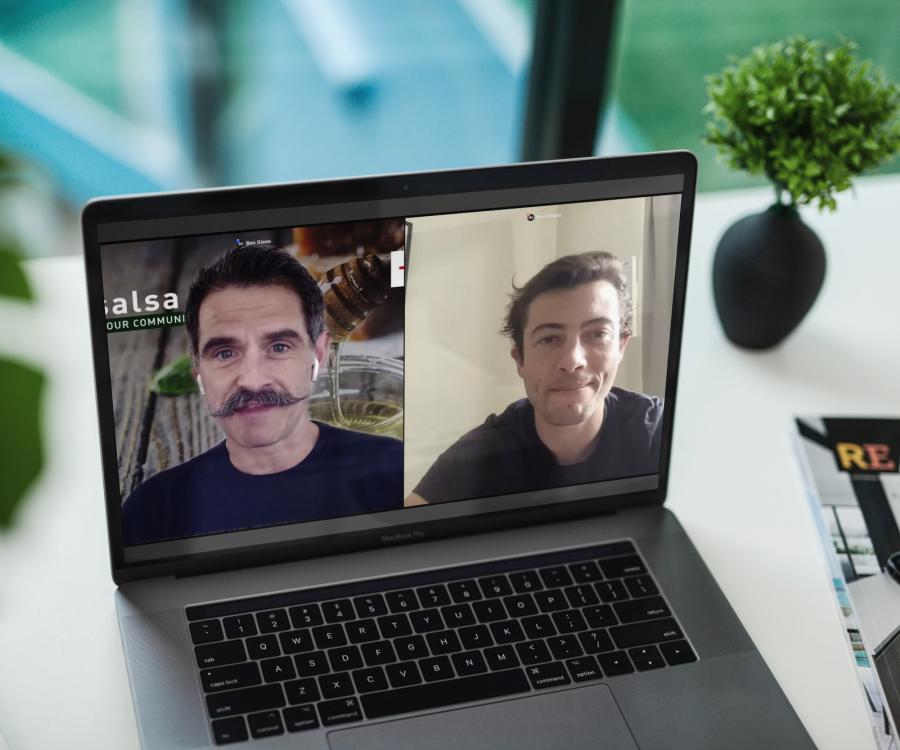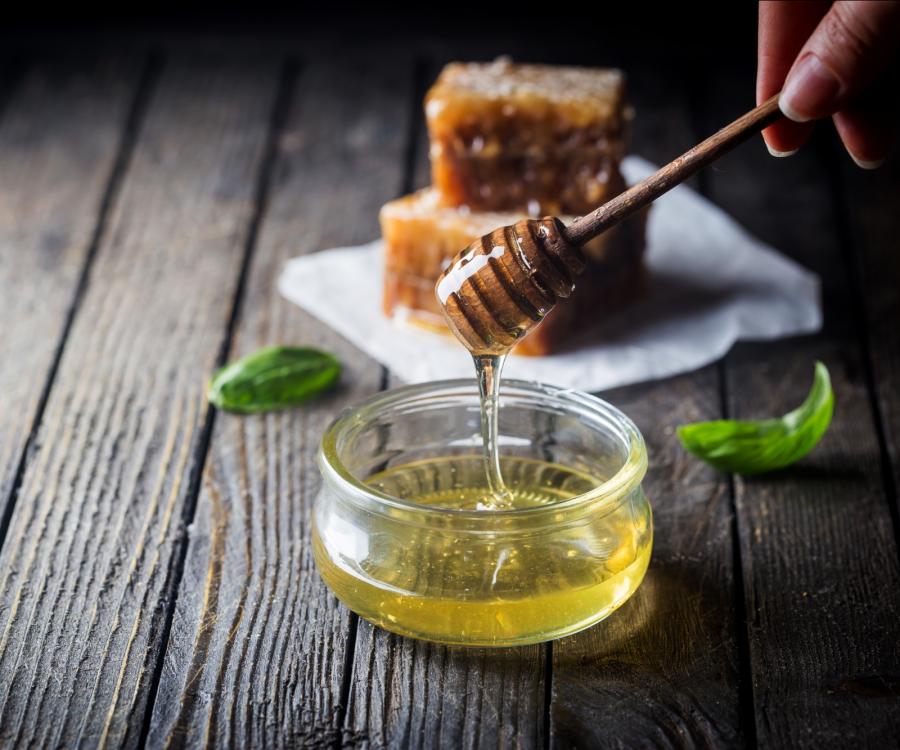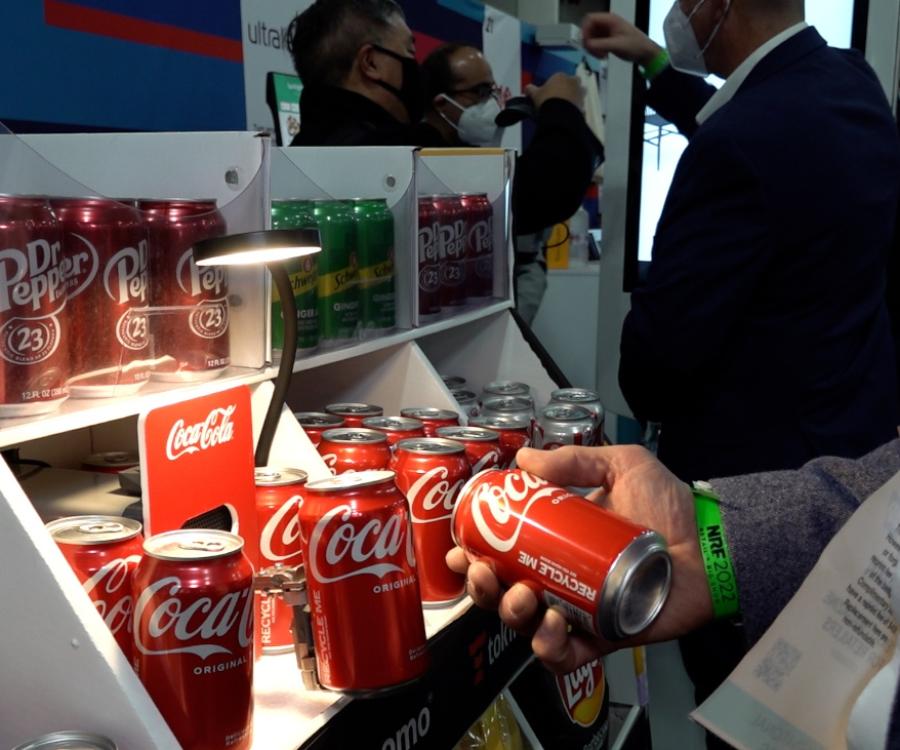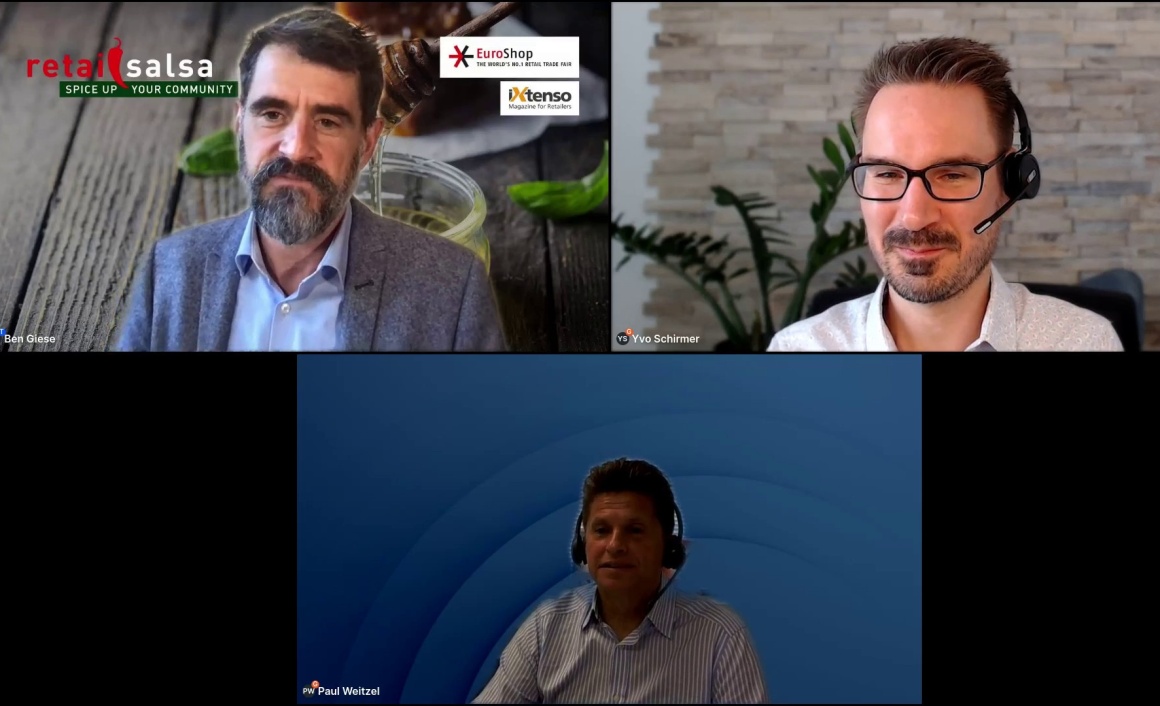
In-store marketing measures are versatile and effective ingredients; from audio and scent marketing to visual merchandising and store design, the possibilities for adding a pinch of salt to the shopping experience are almost endless.
Our "retail salsa" on in-store marketing – the salt in the soup of sales promotion – on 31.08. was about how retailers can positively influence the shopping experience of their clientele. As recipe experts, Paul Weitzel, Global Marketing Director at apg solutions, and Yvo Schirmer, CEO of Storemoods, advised the audience.
Our guest speakers were able to convey very vividly that there are about as many ways to use the measures wrong as there are to use them right. As much as in-store marketing can inspire customers and increase sales, it can actually cause damage if the measure misses the mark.
So one of the most important lessons that both speakers shared was: take a good look at the concept and your goals, and test the impact of the measures before deploying them widely.
Hitting the right note and taste

Yvo Schirmer demonstrated the effects of sound marketing using a supermarket study. Pure commercials were significantly less profitable than informative content that resonated with customers. An audio recording such as "Hey, it's warm outside today, don't you feel like an ice cream? You'll find it in our freezer at the checkout. Enjoy!" for example, was more convincing to customers on average than pure product advertising.
Paul Weitzel presented another successful example: To sell packaged Starbucks coffee in the discount chain Target, they relied on personalized product recommendations by a barista and the corresponding attractive signage in the stores.

Recipe ideas and cooking tips for tasty in-store marketing
Paul spoke not only about successful examples, but also campaigns that went wrong, from which something could be learned. One of his recommendations was: “It’s critical ‘to think omnichannel’ as a brand. Doing a stand-alone instore program is likely not to generate the return on investment that a brand or a retailer would want.” Paul advocated combining an in-store marketing campaign with a digital strategy that reaches consumers outside the store. “For consumers it’s all about creating those mental cues so they may see or hear something before entering a retail location and the instore activation serves as a visual cue to remind them of what they heard or saw previously.”
Yvo followed up with more tips on how to successfully implement digital signage and digital interaction in-store: “It’s very helpful to educate people in a playful way.” And the combination of visual and audio stimuli with entertaining interactive elements can bring tangible success, he says.
You have more questions? Got a taste for more insights? Then take another look at this salsa on in-store marketing in our on-demand offer.
You can also find all previous webtalks as a spicy on-demand experience at retail-salsa.de. And who knows, maybe there's something tasty for you in the upcoming topics. Bon appétit and good luck!

